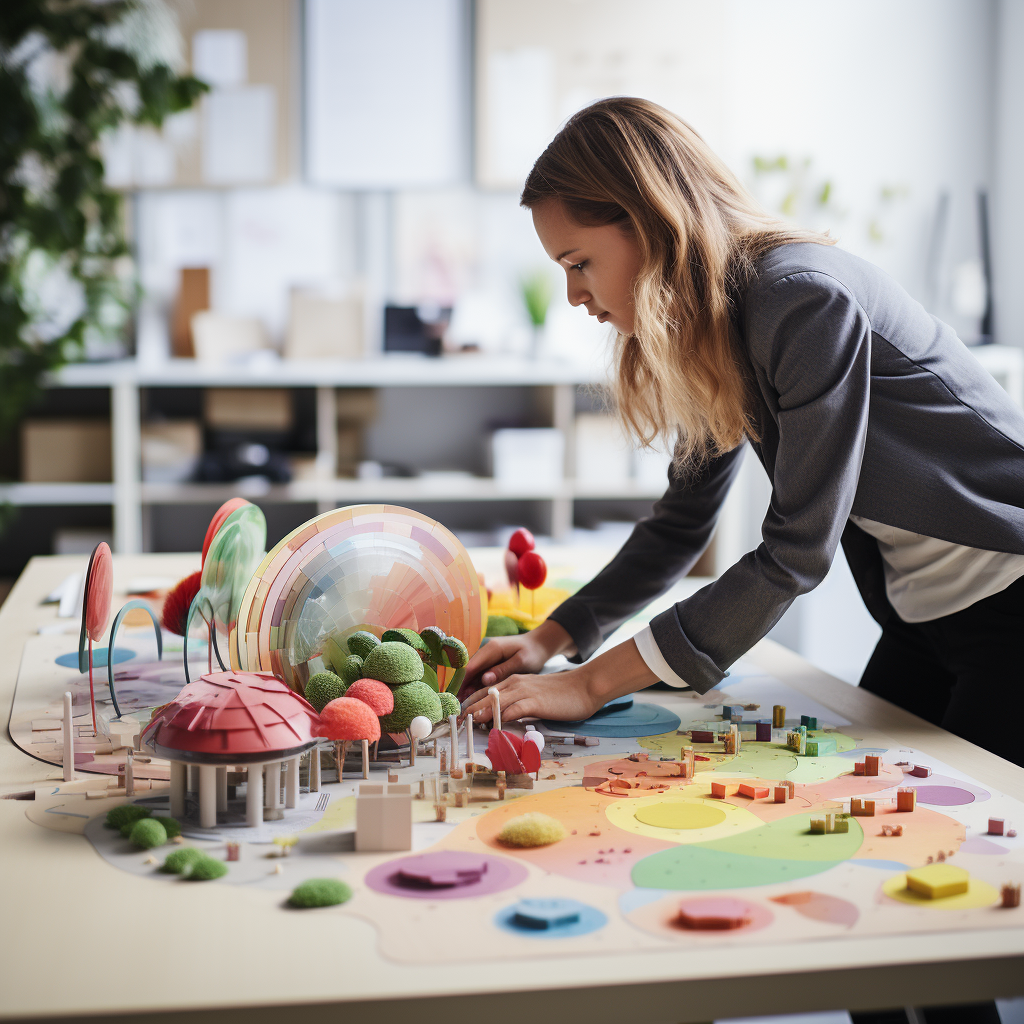
Sustainable Product Design and Lifecycle: Crafting the Future of Eco-Friendly Products
In today’s rapidly evolving world, sustainability has become a cornerstone for manufacturers and consumers alike. With 85% of people worldwide shifting their purchasing behaviors to be more sustainable in the past five years, the demand for eco-friendly products is undeniable. This shift is not just a trend but a necessity, as the environmental, social, and economic pillars of sustainability become increasingly intertwined with product design and lifecycle management.
Understanding Sustainable Product Design
Sustainable product design goes beyond just creating a product. It encompasses the entire lifecycle of a product, from its inception to its eventual disposal or recycling. Every design decision made impacts the product’s environmental footprint, making it crucial for manufacturers to integrate sustainability from the get-go. In fact, 80% of product-related environmental impacts are determined during the design phase.
Why Prioritize Sustainable Product Design?
- Global Regulations: To be recognized as green organizations, manufacturers must adhere to specific regulations. Guidelines like WEEE and RoHS are essential for selling electrical equipment in the EU.
- Consumer and Investor Demands: Modern consumers and investors are driving sustainability initiatives. Companies that prioritize sustainability often outperform their peers financially.
- Staying Competitive: In a market flooded with options, sustainable products offer a unique selling proposition, making them more appealing to eco-conscious consumers.
Four Pillars of Sustainable Product Design
- Sourcing Sustainable Materials: Whether it’s using sustainably produced materials or recycled ones, the choice of materials plays a pivotal role in a product’s environmental impact.
- Designing for Reuse and Recycling: Products designed with recycling in mind ensure a reduced carbon footprint and promote a circular economy.
- Tracking Sustainability Efforts: Utilizing Product Lifecycle Management (PLM) tools can help companies manage data and improve their sustainability efforts systematically.
- Building Durable Products: Products that last longer reduce waste and offer better value for money, making durability a key aspect of sustainable design.
Real-World Examples of Sustainable Product Design
Hewlett-Packard (HP): HP’s focus on product circularity and reusability is commendable. Their goals include achieving carbon neutrality and zero waste by 2025, reaching 75% product circularity by 2030, and achieving net-zero emissions across their value chain by 2040.
Vestas: A leader in delivering green energy solutions, Vestas aims to optimize their sustainable engineering process. They use PLM data to make their products more sustainable with each iteration.
Certifications in Sustainable Design
Pursuing certifications like Cradle to Cradle (C2C) and ISO 14062 can validate a company’s commitment to sustainable design practices, offering additional credibility in the market.
Conclusion
Sustainable product design and lifecycle management are no longer optional. They are imperative for businesses that aim to thrive in the modern market. By integrating sustainability into every facet of product design, companies can not only reduce their environmental impact but also cater to the growing demand for eco-friendly products.
Sources:





